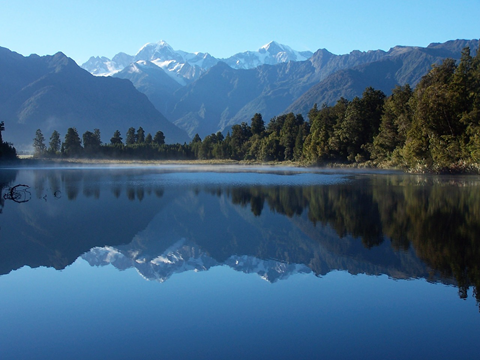It was recently reported that a man buried by an avalanche for nearly 8 hours survived after being found with an avalanche probe. According to the victim, he was buried face up 4 feet below the surface of the snow. If he survived, there is no other conclusion to draw other than that he had sufficient air to breathe and was able to tolerate a drop in his core body temperature.
As noted by Knox Williams and his co-authors in the dealing with avalanches in the forthcoming 5th edition of the textbook Wilderness Medicine, avalanche deaths have increased in the U.S. each decade since 1950. From 1950 to 2004, 716 people died in avalanches. The average age of all victims was 30 years. The youngest was 6 years; the oldest, 67 years.
The man described in the first paragraph above was snowmobiling when he was caught in the snow slide. Most victims are pursuing some form of recreation at the time of their accident, with climbers, backcountry skiers, and snowmobilers heading the list. Miscellaneous recreation includes sledders and persons playing in the snow, campers, and even an unlucky ski kayaker. Among non-recreation groups, avalanches strike houses (residents), highways (motorists and plow drivers), and the workplace (ski patrollers and others whose jobs put them at risk).
Some of the factors that influence a buried victim’s chances for survival are time buried, depth buried, clues on the surface (to facilitate location of the victim and rescue), rescue equipment, injury, ability to fight the avalanche, body position, snow density, presence of air (breathing) pocket and size of air pocket, and luck. A victim who is uninjured and able to fight on the downhill ride usually has a better chance of ending up only partly buried, or if completely buried, a better chance of creating an air pocket for breathing. A victim who is severely injured or knocked unconscious is like a rag doll being rolled, flipped, and twisted. Being trapped in an avalanche is a life-and-death struggle, with the upper hand going to those who fight the hardest.
Avalanches kill in two ways. First, serious injury is always possible in a tumble down an avalanche path. Trees, rocks, cliffs, and the wrenching action of snow in motion can do horrible things to the human body. Second, snow burial causes asphyxiation (either obstructed airway or exhausted oxygen supply). A very small percentage of avalanche victims succumb to hypothermia, probably because they succumb to injuries or asphyxia before they have a chance to become sufficiently hypothermic to expire.
The problem of breathing in an avalanche does not start with being buried. A victim swept down in the churning snow has an extraordinarily hard time breathing. Inhaled snow clogs the mouth and nose; asphyxiation occurs quickly if the victim is buried with the airway already blocked. Snow that was light and airy when a skier carved turns in it becomes viselike in its new form.
Snow sets up hard and solid after an avalanche. It is almost impossible for victims to dig themselves out, even if buried less than a foot deep. Hard debris makes recovery very difficult in the absence of a sturdy shovel. The pressure of the snow in a burial of several feet sometimes is so great that the victim is unable to expand his or her chest to draw a breath. Warm exhaled breath freezes on the snow around the face, eventually forming an ice lens that cuts off all airflow.
Another factor that affects survival is the position of the victim’s head; that is, whether they were buried face up or face down. The most favorable position is face up. Data from a limited number of burials show the victim is twice as likely to survive if buried face up rather than face down. If buried face up, an air pocket forms around the face as the back of the head melts into the snow; if buried face down, an air pocket cannot form as the face melts into the snow.
A completely buried victim has a poor chance of survival. Survival is interrelated with both time and depth of burial. Survival probabilities diminish with increasing burial depth. To date, no one in the U.S. who has been buried deeper than 2.1 m (7 feet) has been recovered alive.
Time is the true enemy of the buried victim. In the first 15 minutes, more persons are found alive than dead. At 30 minutes, an equal number are found dead and alive. After 30 minutes, more are found dead than alive and the survival rate continues to diminish. In favorable circumstances, buried victims can live for several hours beneath the snow; therefore rescuers should never abandon a search prematurely. In 2003, two snowshoers caught near Washington’s Mt. Baker survived burials of 22 and 24 hours. Such long survival times are a reminder that no rescue should be abandoned prematurely on the thought that the victim is dead.


